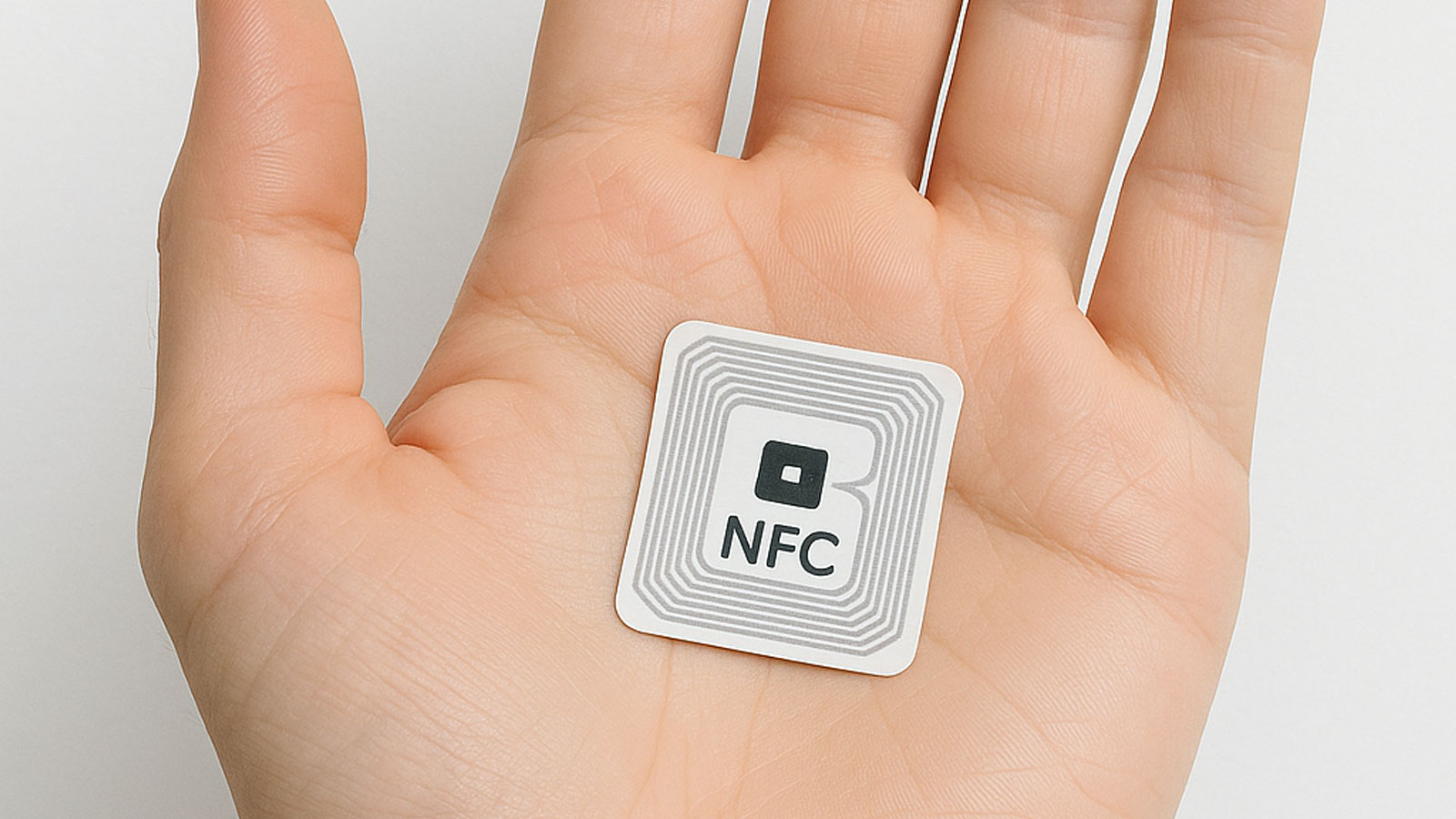
NFC stands for Near Field Communication. It's the same technology that lets you tap your phone to pay at shops, or quickly share contact details with someone nearby. It works by allowing two devices to communicate wirelessly when they are close together - usually just a few centimetres apart.
Many modern smartphones have built-in NFC readers, which means they can read small, hidden chips embedded inside everyday objects - like business cards, wristbands, or even Sharpies.
In a typical circumstance you would ask your spectator to unlock their phone and open their browser, such as Safari. Then you would ask them to go to Google, Wikipedia, or any number of other sites you would like them to believe they are on.
Then you would usually take their phone, and in the guise of explaining what to do, you would secretly type in your secret URL to go to the alternative "look-a-like" site paired to your account ID.
Alternatively, with some apps you will pair your session with other methods, such as entering keystrokes, swiping on your own phone or using an accomplice.
What NFC products do:
No more typing your secret URL or secretly swiping to pair, all you need to do is get your spectator to unlock their phone, open their browser and go to the genuine site. Then, as you take their phone from them you simply bring it near the NFC tag.
You'll usually get an alert on the phone asking if you confirm to the redirect and once clicked, your paired page is loaded!
The beauty of this is that your audience never feels like you're using a "magic app" as it feels natural, smooth, and effortless.
It works with any product that requires you to go to a specific site without the spectator realising. Think of effects by Marc Kerstein, Greg Rostami and the likes of Akronym.
If you have a specific question, please get in touch.